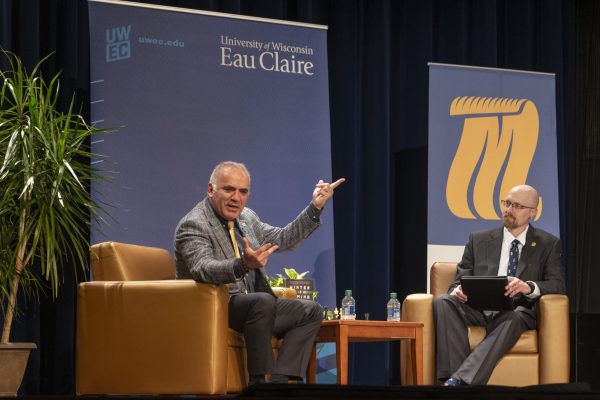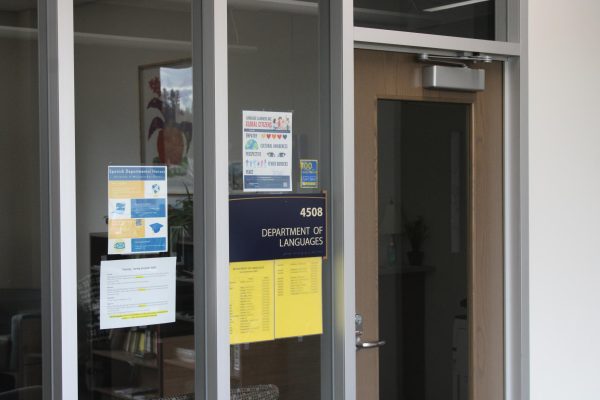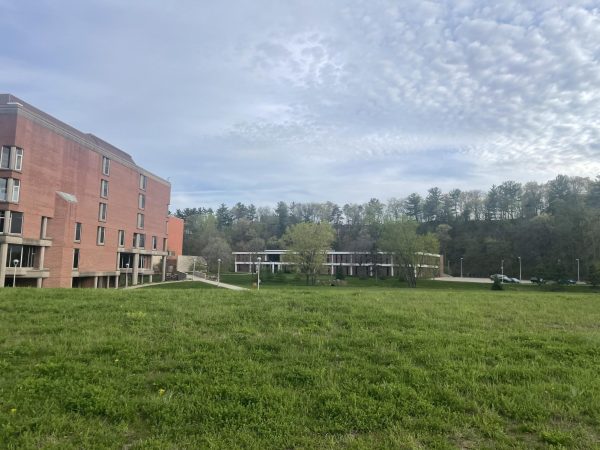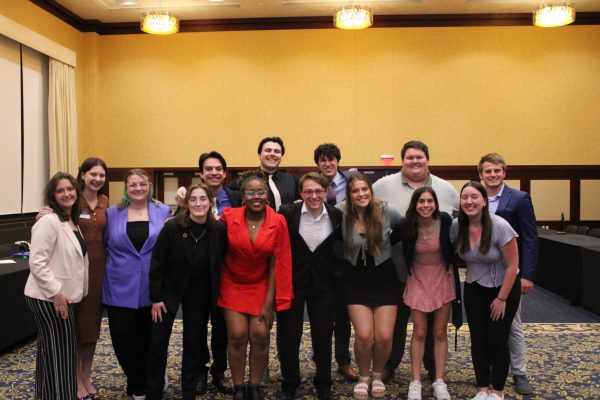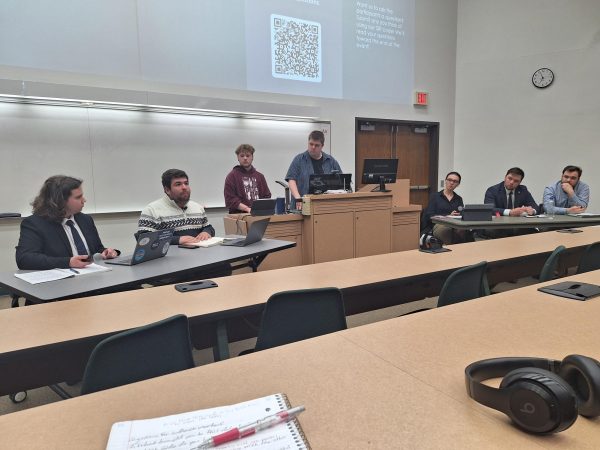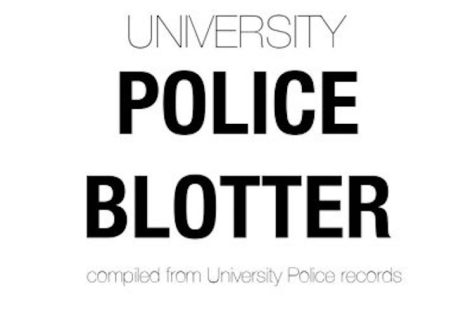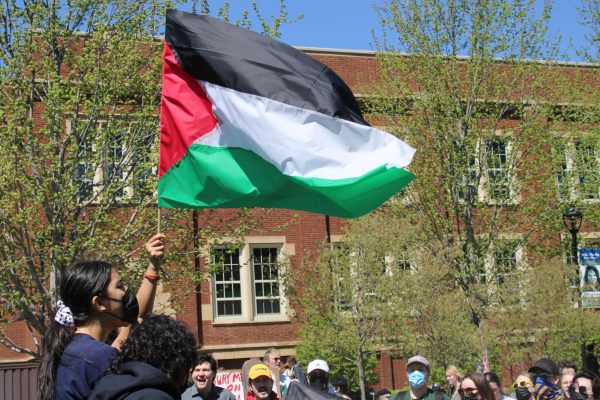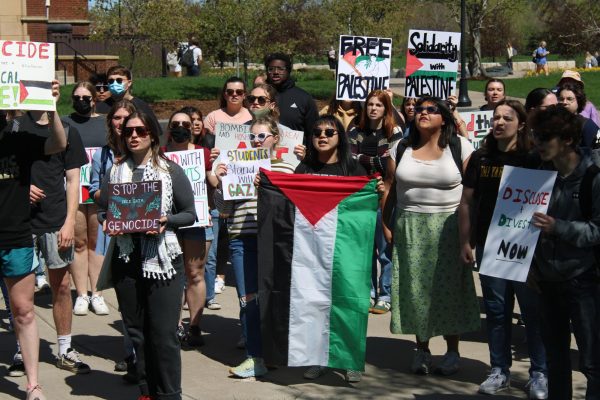Jewish history buried underground
After 70 years, the Great Synagogue of Vilna was unearthed
More stories from Ben Strong
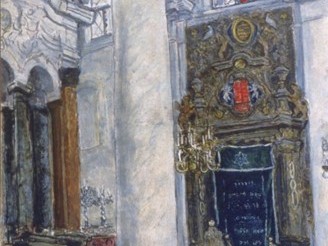
Photo by SUBMITTED
A painting of the inside of the synagogue done by Marc Chagall in 1935.
About four years ago, the Great Synagogue of Vilna was discovered — after having been thought of as lost after the Holocaust.
A group led by Harry Jol, a professor of geography and archaeology, went to the city of Vilnius in Lithuania to start excavations.
As of today, 13 students from UW-Eau Claire have traveled to Lithuania, an experience which Jol said reflects what it’s like to be a professional archaeologist.
“You get everything from writing proposals to learning about the culture to learning how to travel to how to collect and interpret data,” he said. “You get students who get hired whose experience with this will dominate the interview.”
Jol said he got involved in the project after hearing from Jon Seligman, who was a keynote speaker at a conference in Omaha. He saw how Jol’s technique of archaeology allowed him to look into the ground to see what was there without having to use invasive methods like digging.
“We went there, we collected some ground penetrating radar profiles and we collated the maps,” Jol said. “We then give those maps to the archaeologists. Where they dig is their decision, but you’ll find some of the big finds are the targets we suggest.”
This technique — called ground penetrating radar — was originally coined by Richard Freund, a professor of Jewish studies at Christopher Newport University, who worked on this project alongside Jol.
“The technique is very simple, I don’t excavate unless I have to,” Freund said. “I use geoscience to see what’s below the surface without ever doing any damage.”
A non-invasive method is very useful for this situation, since the synagogue stretches two stories underground, Freund said. It allows archaeologists to know where to dig without possibly damaging the things they’re looking for.
“At this time this was built, there was a church mandate that said every synagogue had to be shorter than the tallest church,” Freund said. “So instead of building up, they built down.”
Electric resistivity tomography has many applications, not just archaeological.
“When an oil company wants to find oil, they don’t just go drilling everywhere,” Freund said. “They use the same technology we use, ‘electrical resistivity tomography,’ to see where to drill.”
Another benefit of this technique is the radar will show what’s below the surface and how far down it is.
The Great Synagogue of Vilna has also been described as “The Jerusalem of Lithuania,” by a film set to be released sometime next year.
“The Jews in Lithuania were the first to call it that,” Freund said. “It was actually popularized by Napoleon when he came through on his conquest to Russia and, well, you know how that went.”
The uncovering of the Great Synagogue also comes at a time when more and more survivors of the Holocaust are dying, according to Freund. With them goes their lived experience
“Science is the next step towards understanding the Holocaust and genocides more generally, because they won’t be around to give accounts of their experiences,” Freund said. “In another decade, we won’t have survivors.”
Speaking more to why survivors are important, Freund said he had worked on an extermination camp. The experience led to thousands of artifacts being discovered — including one that confused him.
“We couldn’t figure out why, in front of the gas chamber, there were hundreds of little tiny keys,” Freund said. “I asked a survivor, and they said, ‘when we came into Sobibor, they took us off the trains. We took all our extra clothes and stuff and put them in suitcases. When we started to understand what was happening, we didn’t want to give them what was inside our suitcases, so we left the keys.’ ”
Freund said if it wasn’t for the experience the survivor had in Sobibor, historians may have never known why there were keys there.
Strong can be reached at [email protected].

